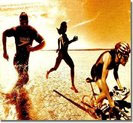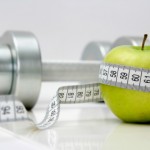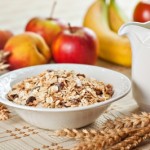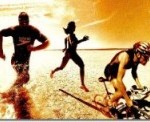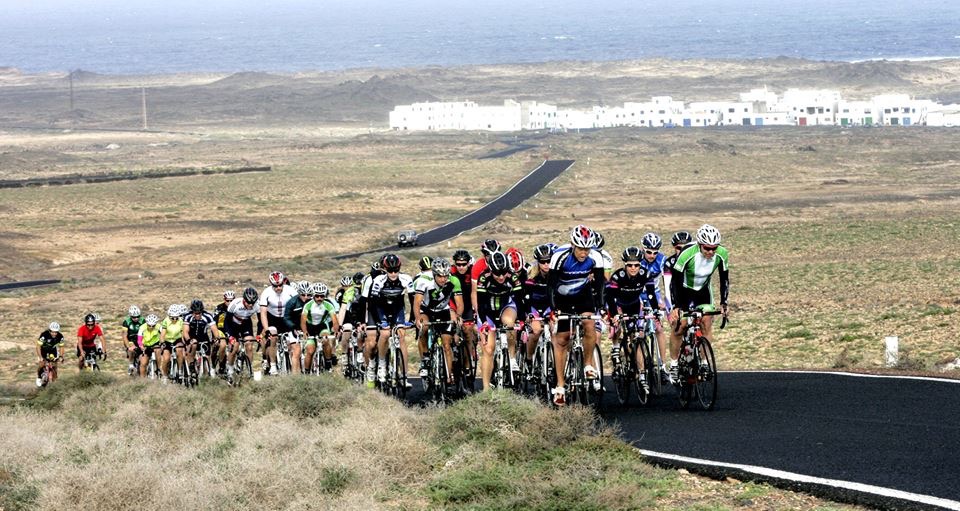Food Labels
These days everyone is becoming much more aware of what is actually in our food and its nutritional value and most people are used to seeing the amount of fat, sugar, fibre and salt etc listed on the back of a product along with the ingredients.
Other types of food labelling have been specifically designed to let consumers know at a glance what is in their food. The Food Standards Agency created ‘traffic light’ labels. Most people are probably familiar with the green, amber and red colours that are displayed on the front of a lot of food packaging, but how many of us actually pay much attention to it and know what they mean?
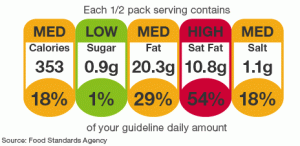
These labels show information about the amount of fat, saturates, sugars and salt that is present in the food you are buying; these are displayed in the amount per present per serving, but are also shown with a red, amber or green colour to indicate if that amount is high, medium or low. You should aim to eat foods that have mostly green traffic lights if you can. This system is useful for comparing different items and helping you make a healthier decision quickly, rather than having to calculate anything or study the ingredients on the back.
Similarly to ‘traffic light’’ labels, another familiar sight on the front of packaging, is the guideline daily amount labels. These labels also show fat, saturates, salt and sugar content in the food, but they also display the amount of calories in the food. Alongside these values is the percentage that they contribute to your guideline daily amount, for example, something that contains 112 calories has 6% of the maximum amount of calories allowed for an adult in one day. Again, this is useful for comparisons between items, but it is also helpful for people who are losing weight by recording calories or fat eaten.
Food labels are important to help you monitor what you area eating and help manage you weight, but you must remember to read the full list of ingredients on the back of packaging as well as the GDA or traffic light labels. These do not include the amounts of essential things your body needs such as protein and fibre, which must be considered alongside the amount of fat, saturates, sugar and salt.

